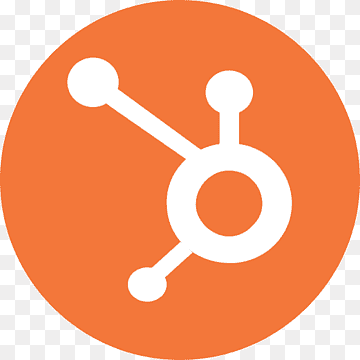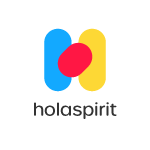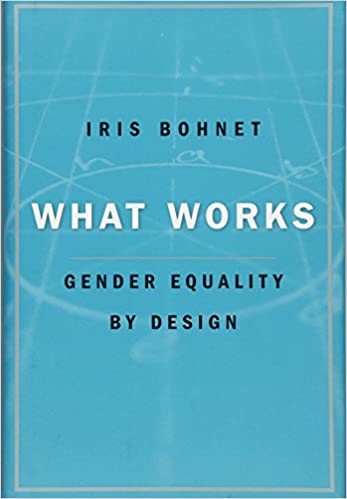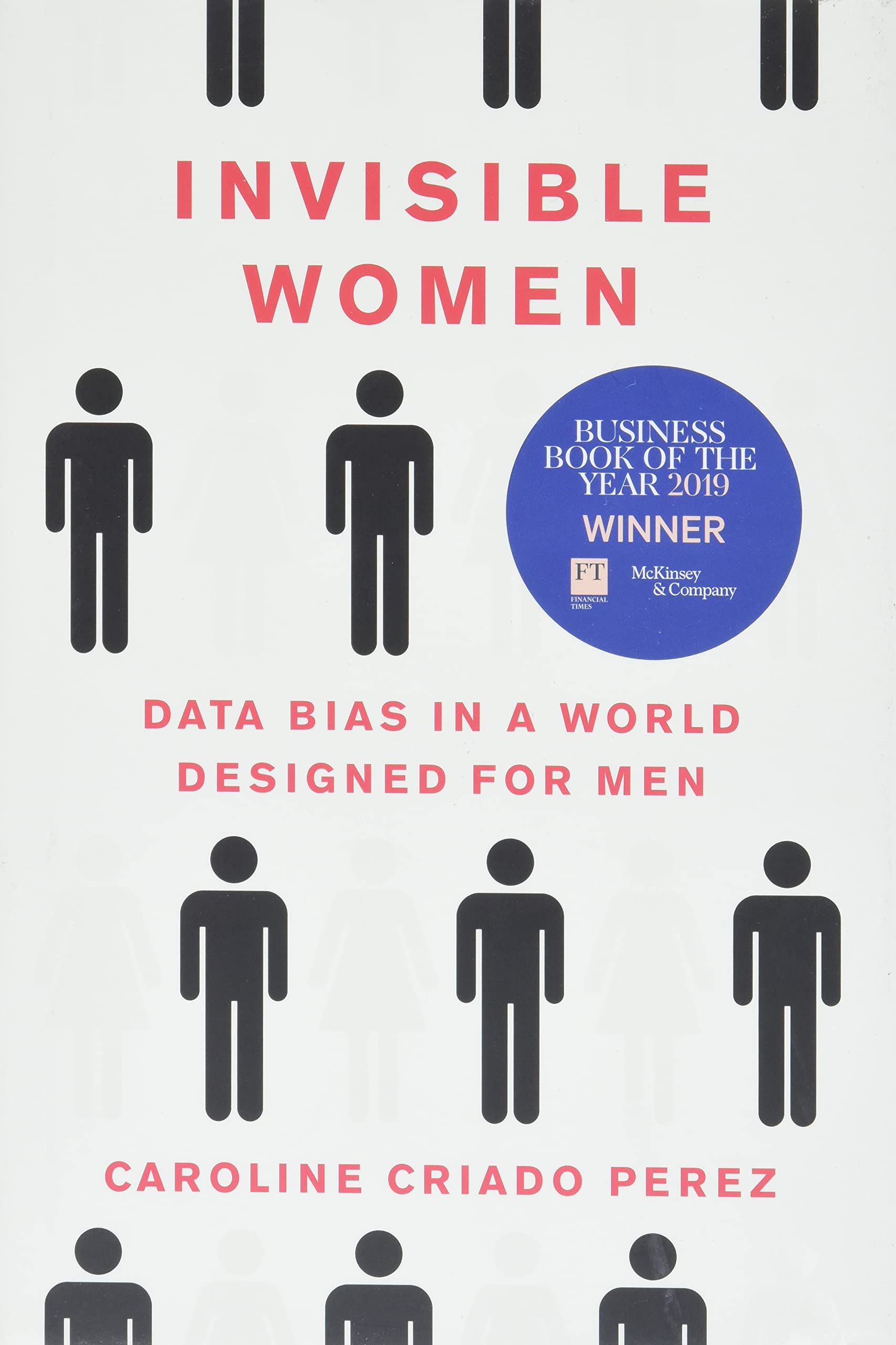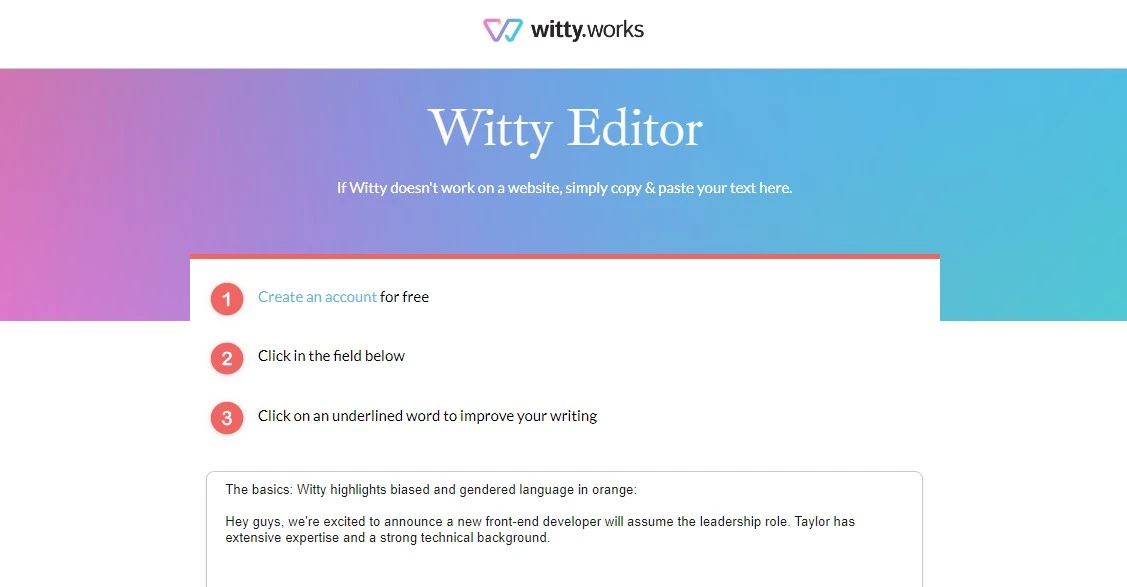Follow: YouTube | Apple | Spotify | Google
Innovator’s dilemma? Having to cut $23K MRR generated by a web application, to free up resources to focus on a browser extension, Nadia needed to make a tough decision with the online language business she had successfully brought to life. Learn the relentlessness it takes to persist through the roller coaster of emotions required to make it happen.
Nadia Fischer, the CEO of Witty Works. A platform for inclusive writing, working with big companies such as Intel, Microsoft, UBS, and Deloitte. Now deliberating whether to double down on the SMB versus the enterprise market. Nadia is a Product Income Maker. Let’s hear from her on her online language business journey.
How did you discover customer pain of fortune 500 companies on your list of client logos?
First, I wanted to do something about diversity in inclusion because I was missing diversity, especially in the tech industry. So I started with some consulting in it.
So, increasingly, I was deliberating, what software can we do? And I found out, also by the fact that I myself speak four languages, that languages really can be a trigger, a leverage, a lever for changing cultures. So we started to build a very easy software tool that helps you to write inclusively.
As soon as we got that out, we really didn’t do any marketing. We just posted it on social media. Big brands came to us and said, “Oh, this is solving a pain because they really have trouble. To implement inclusive language in a scalable way within their company.”
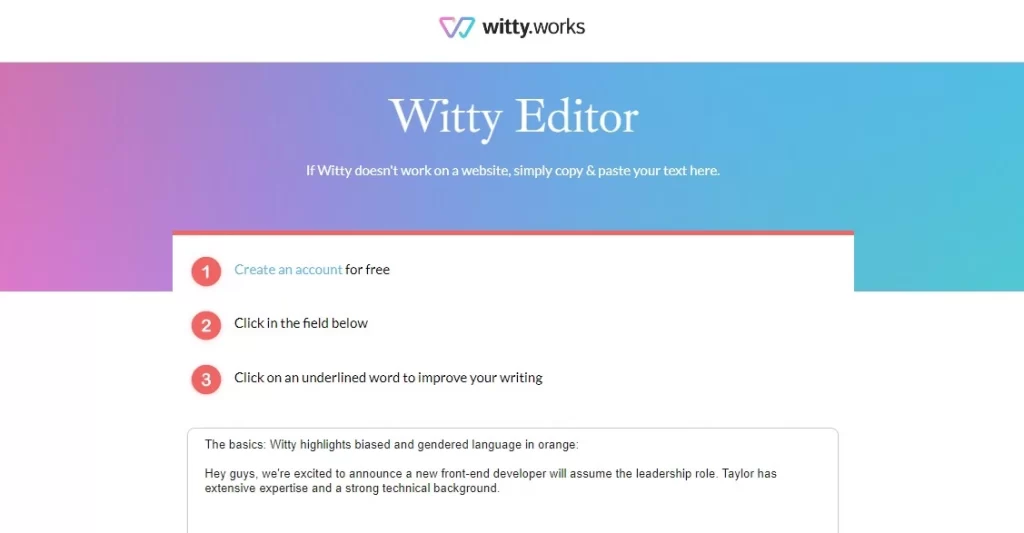
Some of them do readings or workshops, but it is never scalable. It’s very few people in the company that know it. When they heard a software solution was available, it solved a real pain for them.
How can your product achieve such a high conversion from visitor to freemium, in the ballpark of 10%?
Actually, we have a conversion rate from visits to the freemium product of 14%, which is 4% above the average of other browser plugins. And I think this really shows that there’s a big community out there that really worries about inclusive language. At least in Switzerland, it’s still being underestimated.
What inclusive language really means, which we can see in the US as well as in Germany, it’s a very big topic already. And, this conversion rate shows that we have the right product at the moment. The fact that it’s a browser extension and that it’s freemium really helps to attract people very quickly to the topic, and they can try it out very easily.
We chose our go-to-market strategy to be product-led growth, meaning that you give something for free so they can try out the product right away. The users get to the aha moment very quickly. And then only if they are more interested or need more features will they convert to the paying version.
Who is the ideal persona, and what would they get from the product?
There are three ideal personas within a company. Naturally, HR persons are responsible for corporate culture, because inclusive language, in the end, is only about you writing inclusively towards the outside so that as a brand, or as a potential employer you are more attractive.
It’s also about when you write inclusively yourself, you realize your own biases. And that means you can start to develop inclusive behavior. And that pays into all these efforts that all the companies are making at the moment to become or to have a more inclusive culture. So it actually has an external as well as an internal effect.
And that’s why it’s so interesting for HR.
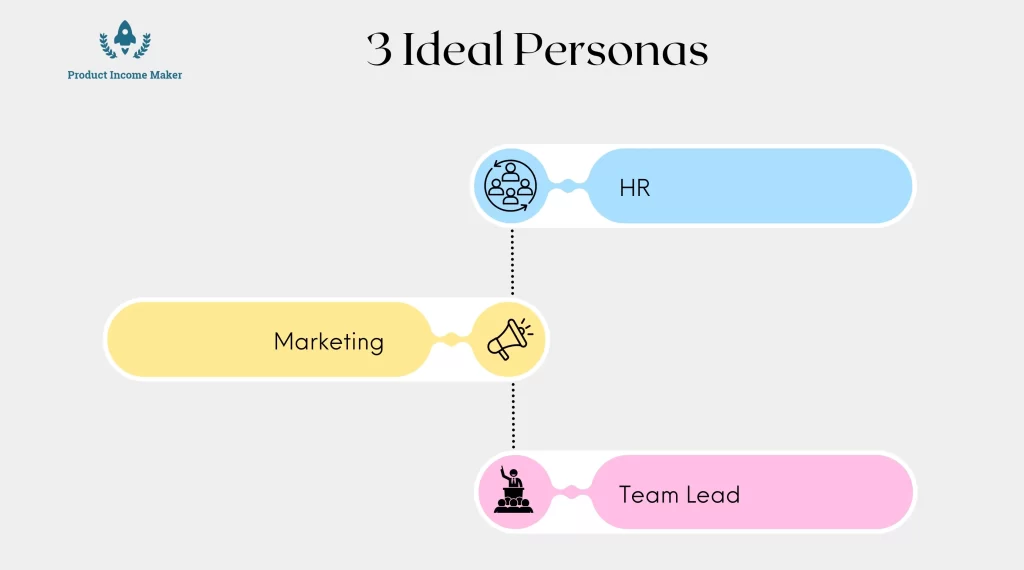
Additionally, it’s super interesting for marketing and communications, just because I said, you make sure that now your brand is inclusive. And it has been found that 93% of marketers realize that inclusive marketing today is a must. But only 10% do something about it.
And, because it’s just too cumbersome at the moment. Without software, an organization would have to have human reviewers. And that’s just so complicated. And I think that’s exactly where our browser extension works very well for them. Because while you are writing, you are being shown where the problems are, and you are being given suggestions on how you can write inclusively.
So it’s very well integrated into your daily process.
Thirdly, a persona for us is a team lead. Because we see so many teams that maybe one of them is a gay person or a transgender person, or one of them is a person with a disability, and those persons really insist that everyone writes inclusively because they want to be included.
And the team lead wants to make sure that the team stays productive and that everyone feels included. So they would also buy our extension. Now when it comes to cost, it’s actually quite affordable, you pay USD $180 per year per user. It’s a subscription model.
How many customers are in the freemium model?
So at the moment, we have 1,600 freemium users, and from those, we have 30-plus customers already buying our product.
Are we talking about less than $10,000 monthly recurring revenue?
Yes, that’s absolutely right. We used to have an MVP with which we tested the market to make sure that are we really sure that actually, inclusive language is something that companies would spend money on. And that MVP was also a self-serve product.
We reached an MRR within 8 months of $23,000, so pretty quickly, but we realized that it had flaws. One was that it was really limited only to job ads. And many companies told us, yeah, but we don’t want to write inclusively only when it comes to job ads, right? We want to write inclusively everywhere.
And the other flaw was that it was a web app. So you had to switch away from your internal systems to that web app. And that’s why we then built the browser extension. And with that browser extension, we are now live since January with the freemium and with the premium since April, and we already see the first paid contracts coming through.
You were making $23K MRR for one product, but you had to cut it to allow for enough resources to build a product that grows faster.
Yeah, absolutely. This was a very tough decision. It’s also very difficult to explain to your investors because they were saying: “Yeah, you have a working product, why don’t you go ahead and grow with it?” But our clients that use this, really ask us for a different solution and we had to take this tough decision.
How are you maintaining differentiation from big competitors, such as Grammarly?
So, what do you think as a company – is more important? If one of your customers just missed a comma, or if one of your customers uses an offensive word? We at witty.works are convinced that the latter is much more important.
Because it can kill your brand, that’s why in some ways, yes, we are competing with Grammarly, but in other ways, we are different: First, we are purely B2B, so we don’t offer a B2C solution. We saw the companies pain points and not so much with individuals.
Naturally, there will always be individuals who want to care about this as well. And they’re happy to use the freemium version, but in the end, it’s a B2B solution. And second, our product also covers grammar and spelling, but language’s hidden meaning is much more important.
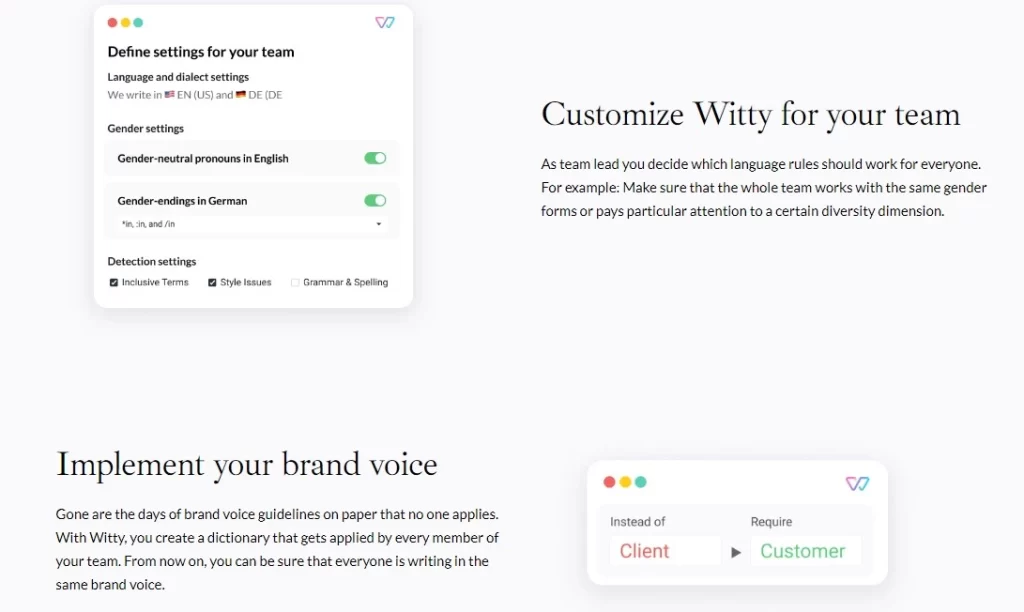
Because we learn about language at school and learn all about grammar and spelling topics, though we never learn about all these hidden biases or the hidden significances of words, and this is what we want to make sure that we bring forward with our tools.
So, currently, we are putting a lot of work on different diversity dimensions, such as offensive or hidden bias regarding people of color, people with disabilities, age bias, or racism, so we check all the diversity dimensions.
What is your long-term product roadmap?
Our longer-term roadmap is to highlight cultural differences more deeply. So, if I am an American, and I am writing an email to somebody in India, while I am writing, the tool should propose to me to watch out for these words because, in India, they could be misunderstood or not understood in the same way you think those words should be understood.
For instance, I recently talked to a Kenyan, and she told me “we learned language in a certain way. And whenever I’m writing an email, I wonder if it lands with people in the US because their language use differs from the current British one”. And this is what we want, with our tool, that you can feel or can see these cultural differences.
How did you prioritize developing the right product features that people would buy into?
Honestly, we didn’t care so much about having the perfect product from the start. We said, let’s go out with the first version we have. And then, we improve with customer feedback.
And until this day, we do this. It’s an excellent strategy because you’re making sure that your roadmap develops according to customer feedback. We went out with a product that needed to be more manageable. It’s not so easy to build a browser extension that works on every website in this world. We know it works on Chrome, it works on chromium-based, so Edge as well, and it works on Firefox.
But it only works with some interfaces because it’s a layer or a plugin that puts itself over the interface of every website you are opening, and every interface has very special programming requirements regarding their text input fields.
And so we see that in some, it just doesn’t work, and the users give us feedback when it doesn’t. We observe how much feedbacks we receive that people say on HubSpot or Notion, that they face issues. And then, we would prioritize resolutions according to their feedback.
Which product features ended up proving to reduce churn from 9% to 2% monthly?
So, the essential features we’ve also added were the whole dashboard. As a company or as a team, you can write inclusively together. You can define the corporate language tools you want to ensure that everyone in your group uses.
And that’s a feature that attracts many professionals. And in the end, what improved a lot was the product onboarding feature. So we tested several product onboarding cycles, and we realized that the onboarding sequence that enabled the aha moment very early was the winning one.
So you download the plugin, click once, and then see how it works. You can test it out directly yourself; and by making the aha moment quickly – that made churn decrease very quickly because people realize
Oh, okay, this is how it works.
And the time to user satisfaction has to be very fast, especially when going into product-led growth as a go-to-market strategy. The aha moment has to be very quick. And yeah, it took us some while to find that out, but once we did, the churn went down immediately.
Which distribution experiments worked and which didn’t?
We tried out video ads on Google as well as on Facebook. And we realized that Facebook was working better than YouTube. Even for these two video ads, the CAC was very high. It’s like $13-$14 per acquired freemium user. So that was too expensive. So we stopped this campaign.
What we realized that is working well is when we conduct our own webinars with our prospects. So we post on LinkedIn or on other social media channels of ours and the clients on theirs. And then, we have a half-hour talk about diversity and inclusion and inclusive language in particular, which really helps to convert.
So we naturally mention our product but not too much because it can never be too salesy. And I understand that I am not too fond of these sales talks either. But it ties the audience to check on the website quickly and try out the product.
To some audiences, we have to explain what a browser plugin is. Some are not so tech savvies yet, and it’s not so normal for everybody to try a product out of freemium, buy it online, and so forth. For some, it may take another 2 to 3 years until this product-led growth adoption would be acceptable.
What is the conversion from a freemium to a paying customer?
While conversion to freemium is 14% which is a lot higher than the industry average, the conversion from freemium to premium is at 1.5% – 2%. This conversion point is an area of improvement for us.
How do we improve conversion from freemium to premium? When it comes to product-led growth, you really try to do this through the product, enticing people through what we call – product bumpers.
Naturally, you can try out some features for free, but at some point, you push users into paid features, and users should be in such a big pain that they are willing to pay for these solutions.
What were the challenges throughout your entrepreneurial journey, and what is challenging today to figure out?
The biggest challenge we currently have is understanding where we can grow quickly. We see that in the DACH region of Germany, Austria, and Switzerland, there’s a big demand. Our product is in English and German, which is also a big differentiation from all the other products out there.
We also see that the hurdle for companies in the DACH region is quite high to use a browser extension because of security and privacy issues. That’s why we can grow much quicker in the United States. In the US, we will lose the competitive advantage of having another language.
Since the US market is enormous and tech-savvy, it can grow bigger and quicker. And the challenge is to find out if our hypothesis is right. Or is it an idea, and this is what we want to find out in the next three months to ensure that marketing activities are very targeted after that launch?
It is a big challenge for all startups. You only have minimal amount of funds, and you only have a limited number of people. You can only do some things at different times. Finding where we can make this breakthrough niche and grow quickly is our biggest opportunity and biggest challenge.
Also, for the next financing round, we have to prove that we have more significant traction. So, this is our big challenge over the next three months. I hope we can make it. It scares me a little bit, but we can take it step by step.
What is the mindset you practice to overcome challenges in the online language business you’ve founded?
You have to be a daring person. There are many decisions you have to make. You are not sure at all if you’re making the right decision. Three months ago, I had to make an instant decision, I was unsure if it was the right one, but we had to take it to refocus again. You know, we try, and then we go ahead.
Another important thing is that you have to be communicative. Communicative with your team, meaning you have to be able to explain why you’re making these decisions so that everyone joins you on the journey.
Because if people do not understand why you are making this decision, it is tough for them to move in the same direction together with you. And also communicative with your board. They have to understand why you’re making these decisions and why you want to go towards a certain direction.
Speaking of communication, a big challenge is that my co-founder and I make decisions quickly. We make decisions on a particular week, and then we make more decisions the following week, but investors usually need to catch up with that information.
This time lag between the team and investors is also a challenge.
The last challenge is a roller coaster of emotions in a startup. Kind of one day you’d say to yourself – “Yeah, totally, we’re the best, we’re going to succeed like crazy. We’re going to be a unicorn. “
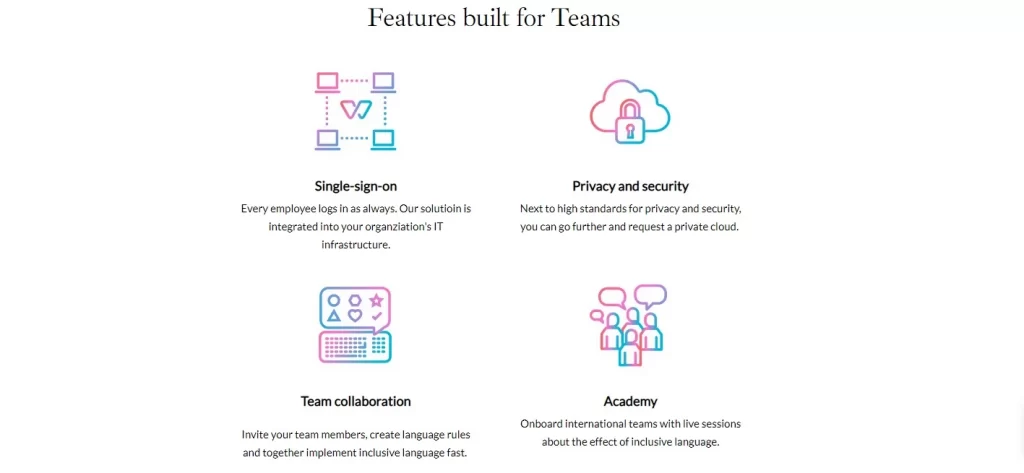
And the next day’s you’ll say to yourself “oh, we are nowhere. We are going to end this.” And this rollercoaster drags a lot of energy, which is difficult to manage.
What tools, books, podcasts, and service providers would you recommend others to check?
What helped us in product development and to be very fast is the Platform.sh (Cloud Hosting). They helped us to deploy very quickly.
Hubspot helped us as well. It’s not cheap, but you get great price reductions as a startup. They have great discounts, it really automates everything, and that really helps us; even though we’re such a small team, we can do lots of stuff without even realizing it.
We recently contracted with Hugging Face. It helps when you are working with Artificial intelligence and need a smaller team. They help you with all the questions you have that you cannot respond on your own, because you are just a small team. And our NLP developer, she’s pleased about their assistance.
And another tool we like is Holaspirit. We are organized in an Holacratic way, meaning no hierarchy. And to organize yourself in a holacratic way, we use Holaspirit.
Regarding books on the topic of inclusive language and biasing language, three books are eye-openers. The one is from Iris Bohnet, (author of What Works: Gender Equality by Design), who teaches at Harvard, and she has conducted many studies about how bias keeps people back in their professional life.
Our business process is that we put up many hurdles for people with diverse backgrounds because of our biases.
Another one is Criado Perez, (author of Invisible Women) who discovered the big gender data gap, I would say. Many studies are still made today that forget about the female gender.
For example, heart attack studies always studied more or fewer men, and that’s why we know very well what the symptoms are in men, but for heart attacks in women, the symptoms are different, and that’s why they often do not get discovered. And that’s why more women die from heart attacks than men. And it’s such a gender data gap.
Eyeopener again was Daniel Kahneman. The founder of behavioral economics has written the book, Thinking Fast and Slow, where he explains how our brain works.
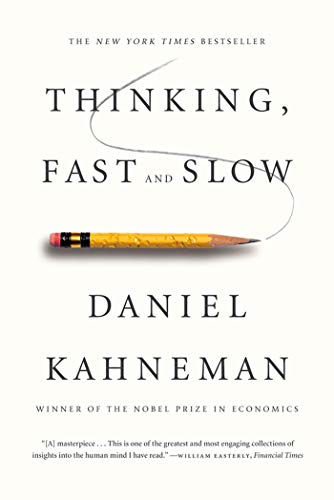
Regarding entrepreneurship, what has helped me a lot was the accelerated programs we have participated in. And so there was one that is especially for female entrepreneurs, from female founders of Austria, they have an accelerator program called Grow F. And then one we did to understand better the American market and the American VC world, which was GSD ventures. It’s the abbreviation for getting stuff done.
What opportunities are you seeking, considering you have raised $750K around the $3M valuations?
We raised $770K last year. We’ve now just closed the convertible note of over $1M in May. We’re looking for one more convertible valued at $300K. Especially in the current situation with all the recession coming along, you have to ensure that your liquidity is lasting long enough.
And we are assured now, with the size of our team, that we have a liquidity for 24 months; we would very much like to find an investor for that last convertible of $300K or an international VC who knows the American market and who also knows the European market.
Are you looking for customers or partnerships opportunities?
We are currently looking for customers that require inclusive language and have realized that with workshops, it doesn’t work, or with internal PDFs, it doesn’t work. But they want to use software to solve this problem.
So any customer listening can get started using our product, and we are happy to also do demos with you so that you can write inclusively throughout your whole organization.
We are also looking to expand the whole glossary in our algorithm, which is not something we develop all by ourselves because that would fall into our own biases. We work with associations, with interest groups that specialize in certain diversity dimensions. So, for example, we work together with one association for language for people with disabilities in Germany, called My Ability.
And naturally, the last type of partners we are looking for, are software partners that may want to consume our API. So any software that uses language in their software can consume our API and make their software make better recommendations around inclusive language.


